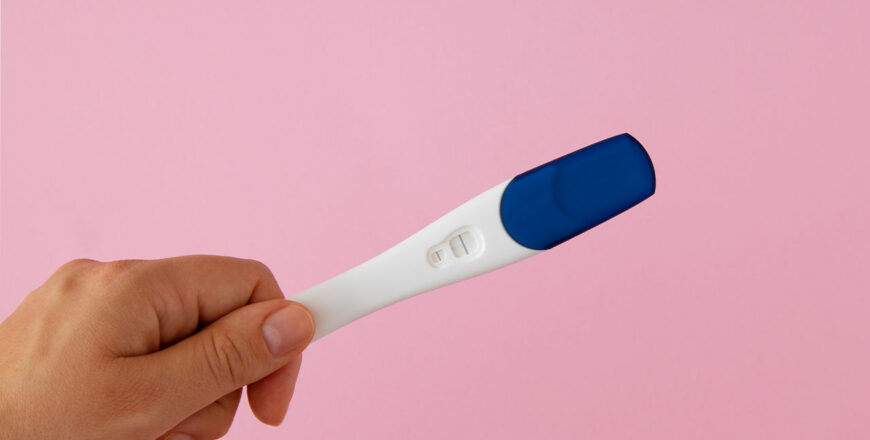
Educational Attainment and Total Fertility Rate
Kingston Metropolitan Area has a total fertility rate of 2.2 that is higher than the national rate.
Recently there was confirmation that the country’s total fertility rate (TFR) had dipped below replacement level of 2.1 for the first time in over 50 years. The National Family Planning Board (NFPB) in disseminating its Reproductive Health Survey (RHS) 2021 shared that the national rate was now 1.9 – the same as the island’s rural areas. Meanwhile, other urban centres are lower at 1.8.
Women 25 to 29 years accounted for the only spike in age-specific fertility rate. It could be argued that they were pursuing their education and delaying childbirth. All other age cohorts, 15 to 24 and 30 to 44 years, reported on in the survey had declines. To have the best possible birth outcome for mother and child, doctors advise that the peak fertility period is her late teens to late 20s. Fertility or reproductive potential begins to decline in her mid-30s and dips rapidly as the quantity and quality of her eggs decline and impact their viability. Health problems such as high blood pressure, and birth defects also factor as she ages.
With this short window within which to bear children safely, women realizing the demands children will place on them have been opting to pursue further education, grow their income, amass material goods, have independence, and then start a family. Education for many is a way out of poverty, and it is not uncommon to hear tales that they are the first one in their family to get a high school or university education.
The higher the educational attainment the lower women’s fertility, suggests the RHS data. Locally, women with less than secondary education have a TFR of 3.5 which is almost twice the national rate. Secondary and tertiary educational attainment were 2.1 and 1.6, respectively. Additionally, women with less than secondary education had 3 to 4 times more children than those with a tertiary education.
Recognizing their worth and identifying with their role in society, more women are exercising their reproductive right to decide the timing, number and spacing of their births for their own best interest, the child’s and the wider family.



Recent Comments